Microscope Definition and Parts
A microscope is an instrument that is used to see very small things that cannot be seen with the naked eye. When 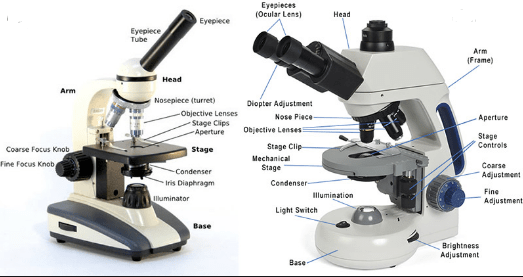 we look at something through a microscope, it appears larger. The microscopes we use in our schools are light microscopes. These microscopes use light to show the images.
we look at something through a microscope, it appears larger. The microscopes we use in our schools are light microscopes. These microscopes use light to show the images.
Nowadays scientists use electron microscopes to see very small objects inside the cell. An electron microscope can magnify the image up to 500,000 times. It shows clear images on a television screen. This microscope uses a beam of electrons instead of light.
A light microscope has a base, an arm, a tube, a stage, and two adjustment screws. Two lenses are, lifted on the two ends of the tube. The lens at the end of the tube through which we observe an object is called an Eyepiece.
The lens near the object to be seen is called an objective lens. The light is passed through the object from below, using a mirror. The object to be seen is placed on a glass slide and then on the stage. To focus the object clearly in the microscope, two adjustment screws are used.
We can view an object up to 1500 times bigger than its original size. Most of the cells are too small to be seen without a microscope. The slide is a rectangular piece of glass. The object is placed on it to observe under the microscope.
Difference between Simple Microscope and Compound Microscope:
Simple Microscope
A magnifying glass is a convex lens that is used to produce magnified images of small objects. The object is placed nearer the lens than the principal focus such that an upright, virtual, and magnified image is seen clearly at 25cm from the normal eye.
Magnifying power
Let θ be the angle subtended at the eye by a small object when it is placed at the near point of the eye. If the object is now moved nearer to the eye, the angle on the eye will increase and becomes θ’, but the eye will not be able to see it clearly.
In order to see the object clearly, we put a convex lens between the object and the eye, so that the lens makes a large virtual image of the object at the near point of the eye. In this way, the object appears magnified. The magnifying power in this case will be:
M =
It can be shown that the magnifying power is given by the relation:
M = = 1 +
Where f is the focal length of the object and d is the near point of the eye. It is clear from this relation that a lens of shorter focal length will have greater magnifying power.
Resolving power
The resolving power of an instrument is its ability to distinguish between two closely placed objects or point sources. In order to see objects that are close together, we use an instrument of high resolving power. For example, we use a high resolving power to see tiny organisms and telescope to view distant stars.
Compound Microscope
A compound microscope has two converging lenses, the object, and the eyepiece, and is used to investigate the structure of small objects. Some features of the compound microscope are:
- It gives greater magnification than a single lens.
- The objective lens has a shorter focal length, f0 ˂ 1 cm.
- The eyepiece has a larger focal length, f0 of a few cms.
Uses of the Compound Microscope
A compound microscope is used to study bacteria and other micro-objects. It is also used for research in several fields of sciences like Microbiology, Botany, Geology, and Genetics.
You May Also Like:
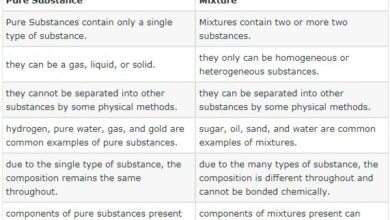
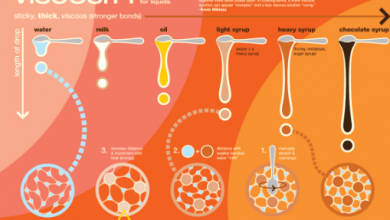
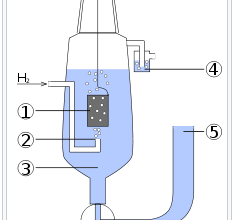
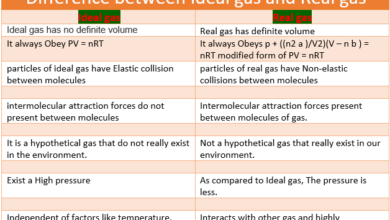
Lab Management